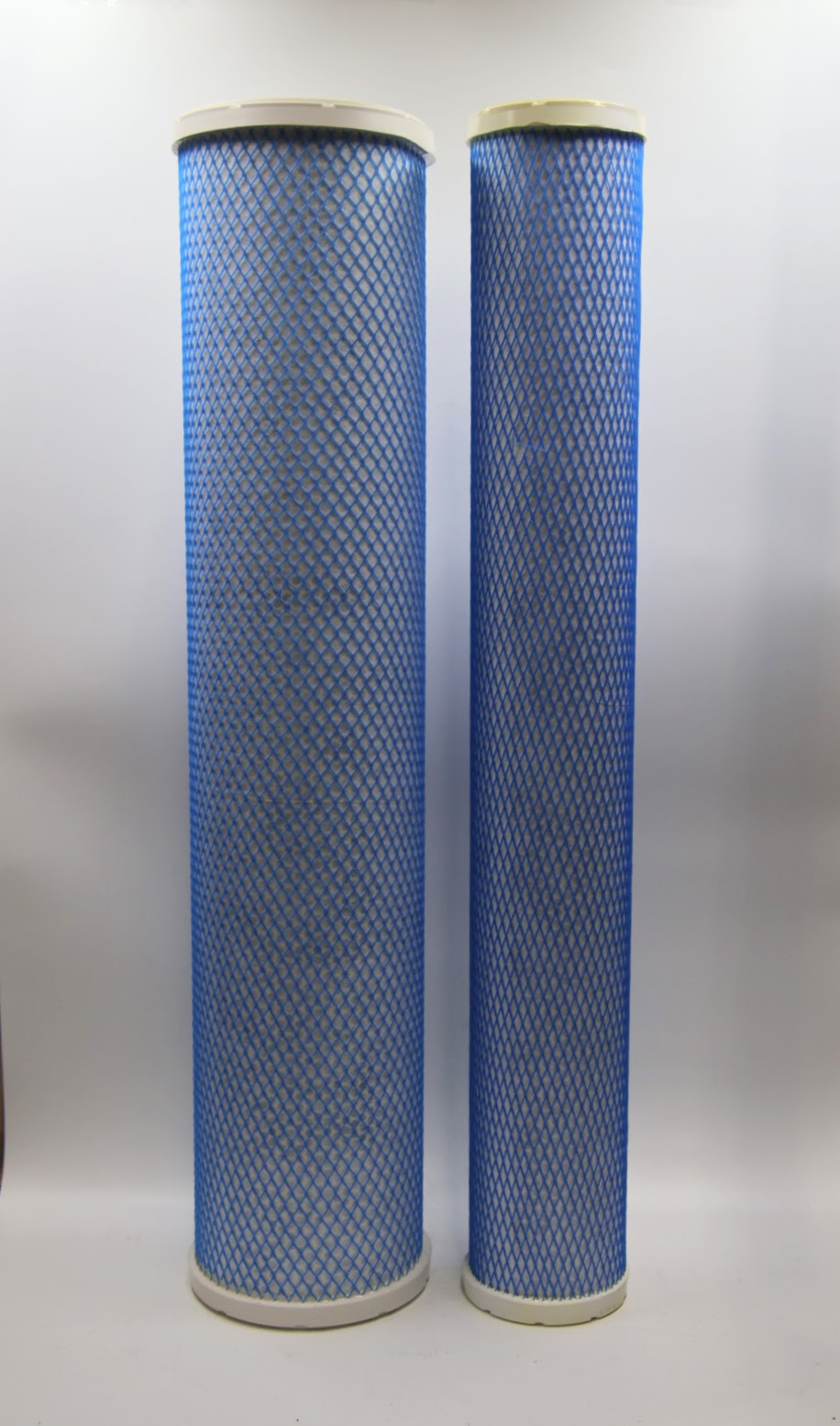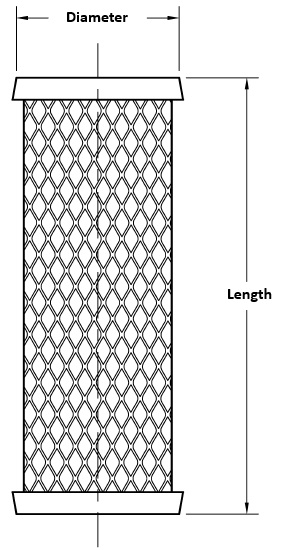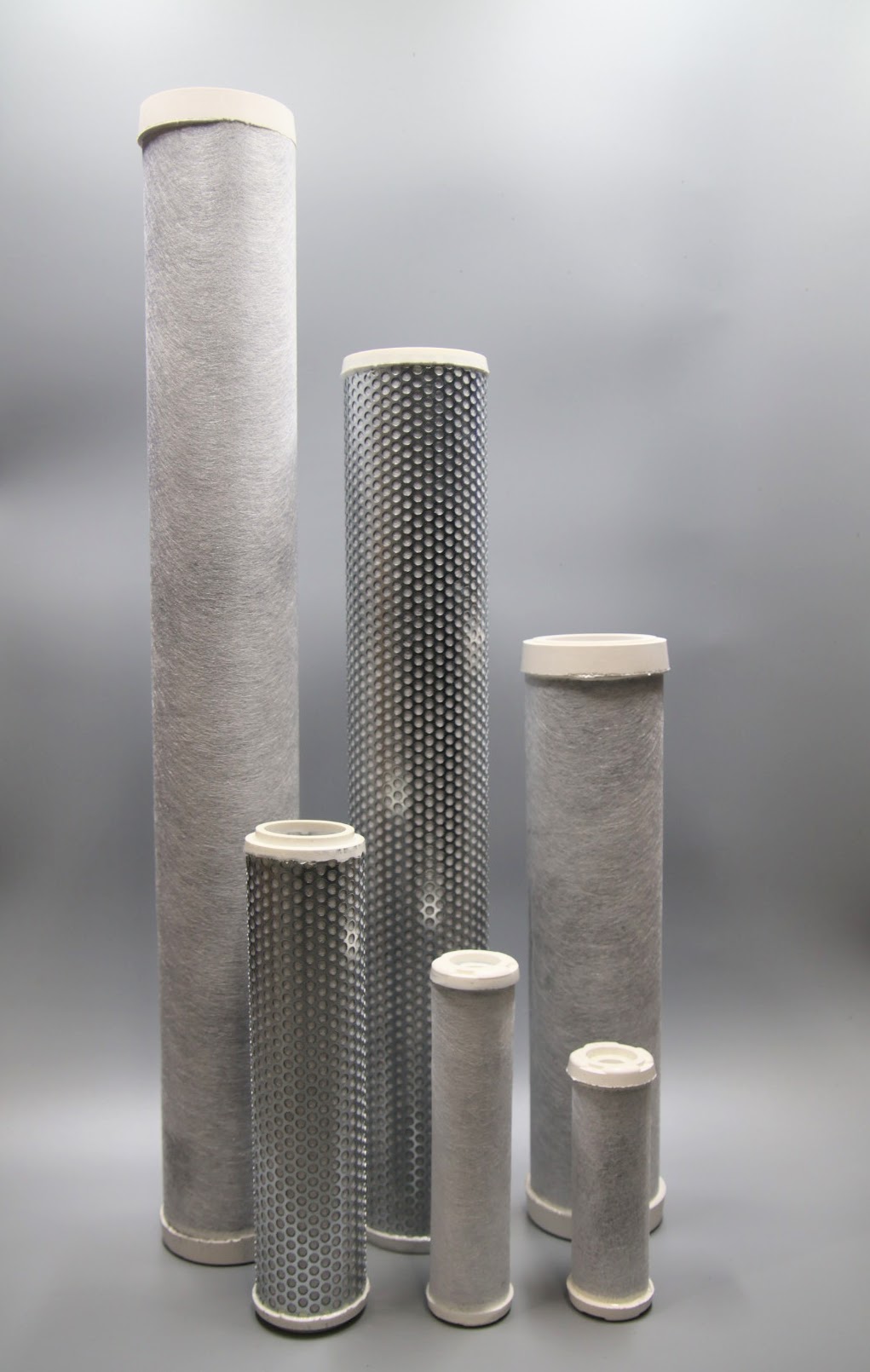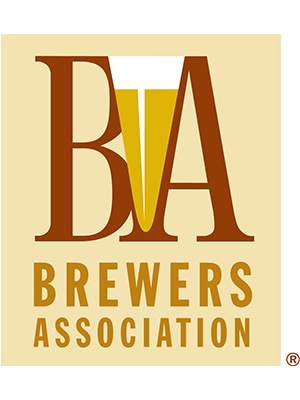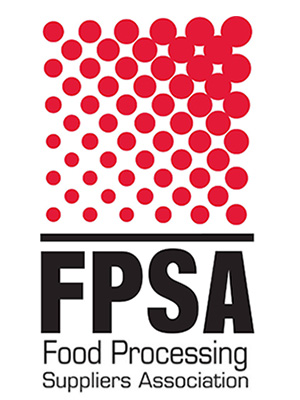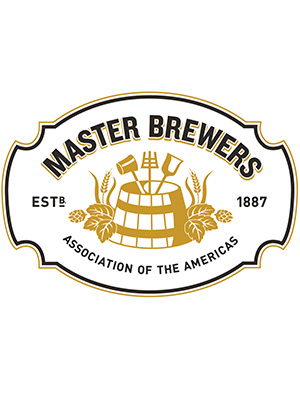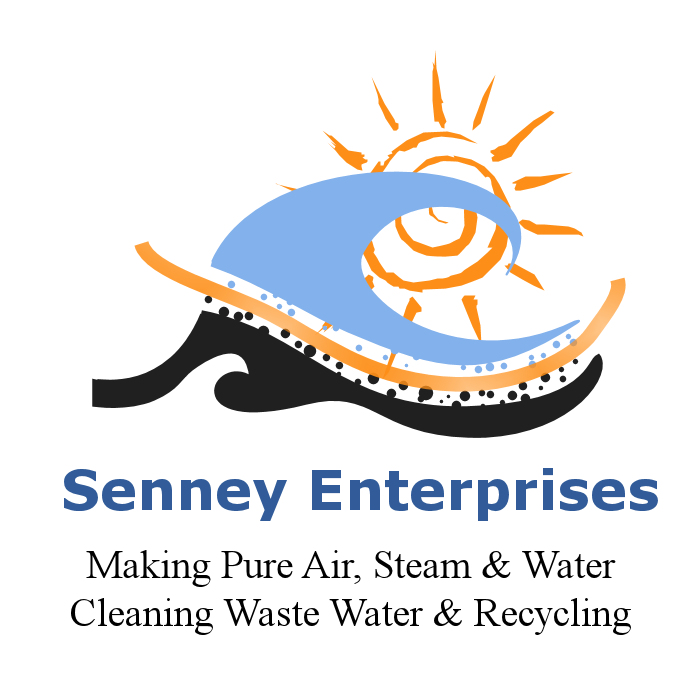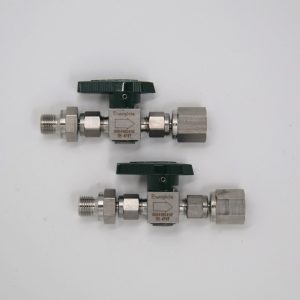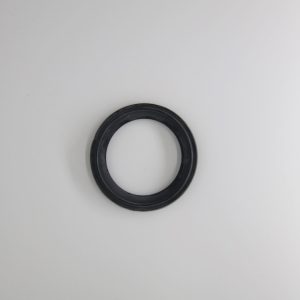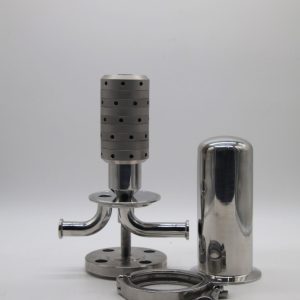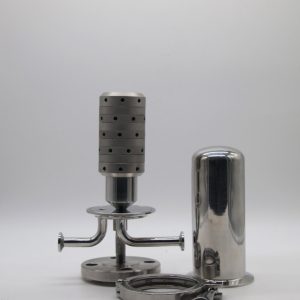Home>SulfurGuard Filters>18.5 inch Oil and Liquid Coalescing Replacement Filter Cartridge for MFI-2000 SulfurGuard System
Products
18.5 inch Oil and Liquid Coalescing Replacement Filter Cartridge for MFI-2000 SulfurGuard System
18.5 inch Oil and Liquid Coalescing Replacement Filter Cartridge for MFI-2000 SulfurGuard System
$250.00
Technical Information
| SCFM Air/Gas Flow @ 100 psi | |||
|---|---|---|---|
| Filter Type | Replacement Element | Pipe Size of Filter Housing(Inch) | (SCFM Capacity) |
| PCFH-09-050 | CFCC-03-X01-DU | 1/2 inch | 50 |
| PCFH-14-100 | CFCC-13-X01-DU | 1 inch | 140 |
| PCFH-18-150 | CFCC-14-X01-DU | 1.5 inch | 350 |
| PCFH-24-200 | CFCC-20-X01-DU | 2 inch | 450 |
| PCFH-28-200 | CFCC-24-X01-DU | 2 inch | 625 |
| PCFH-36-250 | CFCC-28-X01-DU | 2.5 inch | 800 |
| PCFH-36-300 | CFCC-35-X01-DU | 3 inch | 1000 |
| PCF-300 | CFCC-38-X01-DU | TBD based on Application | 1500 |
| PAKCH-09-050 | CG-05-10-DU | 1/2 inch | 50 |
| PAKCH-14-100 | CG-10-15-DU | 1 inch | 140 |
| PAKCH-18-150 | CG-13-25-DU | 1.5 inch | 350 |
| PAKCH-24-200 | CG-19-25-DU | 2 inch | 450 |
| PAKCH-28-200 | CG-24-25-DU | 2 inch | 625 |
| PAKCH-36-250 | CG-28-35-DU | 2.5 inch | 800 |
| PAKCH-36-300 | CG-38-35-DU | 3 inch | 1000 |
| PAKC-300 | CG-38-51-DU | TBD based on Application | 1500 |
| PAKSGXH-09-050 | SG-05-10-DU-2X | 1/2 inch | 50 |
| PAKSGXH-14-100 | SG-10-15-DU-2X | 1 inch | 140 |
| PAKSGXH-18-150 | SG-13-25-DU-2X | 1.5 inch | 350 |
| PAKSGXH-24-200 | SG-19-25-DU-2X | 2 inch | 450 |
| PAKSGXH-28-200 | SG-24-25-DU-2X | 2 inch | 625 |
| PAKSGXH-36-250 | SG-28-35-DU-2X | 2.5 inch | 800 |
| PAKSGXH-36-300 | SG-38-35-DU-2X | 3 inch | 1000 |
| PAKSGX-300 | SG-38-51-DU-2X | TBD based on Application | 1500 |
| SulfurGuard Filter Dimensions | |||
|---|---|---|---|
| Filter Type | A(inch) | B(inch) | Pipe Size of Filter(Inch) |
| PCFH-09-050 | 6.8 | 3.12 | 1/2 inch |
| PCFH-14-100 | 14.36 | 4.65 | 1 inch |
| PCFH-18-150 | 18.23 | 6 | 1.5 inch |
| PCFH-24-200 | 24.23 | 6 | 2 inch |
| PCFH-28-200 | 29.23 | 6 | 2 inch |
| PCFH-36-250 | 35.7 | 8 | 2.5 inch |
| PCFH-36-300 | 35.7 | 8 | 3 inch |
| PCF-300 | 59 | 16 | TBD based on Application |
| PAKCH-09-050 | 6.8 | 3.12 | 1/2 inch |
| PAKCH-14-100 | 14.36 | 4.65 | 1 inch |
| PAKCH-18-150 | 18.23 | 6 | 1.5 inch |
| PAKCH-24-200 | 24.23 | 6 | 2 inch |
| PAKCH-28-200 | 29.23 | 6 | 2 inch |
| PAKCH-36-250 | 35.7 | 8 | 2.5 inch |
| PAKCH-36-300 | 35.7 | 8 | 3 inch |
| PAKC-300 | 59 | 16 | TBD based on Application |
| PAKSGXH-09-050 | 6.8 | 3.12 | 1/2 inch |
| PAKSGXH-14-100 | 14.36 | 4.65 | 1 inch |
| PAKSGXH-18-150 | 18.23 | 6 | 1.5 inch |
| PAKSGXH-24-200 | 24.23 | 6 | 2 inch |
| PAKSGXH-28-200 | 29.23 | 6 | 2 inch |
| PAKSGXH-36-250 | 35.7 | 8 | 2.5 inch |
| PAKSGXH-36-300 | 35.7 | 8 | 3 inch |
| PAKSGX-300 | 59 | 16 | TBD based on Application |
| SulfurGuard Replacement Filter Element Dimensions | ||
|---|---|---|
| Replacement Element | Diameter(Inch) | Length(Inch) |
| CFCC-03-X01-DU | 1.5 | 7 |
| CFCC-13-X01-DU | 2.2 | 9.5 |
| CFCC-14-X01-DU | 3.06 | 13 |
| CFCC-20-X01-DU | 3.06 | 18.75 |
| CFCC-24-X01-DU | 3.06 | 23.5 |
| CFCC-28-X01-DU | 3.06 | 28 |
| CFCC-35-X01-DU | 4 | 28 |
| CFCC-38-X01-DU | 6 | 28 |
| CG-05-10-DU | 1.5 | 7 |
| CG-10-15-DU | 2.2 | 9.5 |
| CG-13-25-DU | 3.06 | 13 |
| CG-19-25-DU | 3.06 | 18.75 |
| CG-24-25-DU | 3.06 | 23.5 |
| CG-28-35-DU | 3.06 | 28 |
| CG-38-35-DU | 4 | 28 |
| CG-38-51-DU | 6 | 28 |
| SG-05-10-DU-2X | 1.5 | 7 |
| SG-10-15-DU-2X | 2.2 | 9.5 |
| SG-13-25-DU-2X | 3.06 | 13 |
| SG-19-25-DU-2X | 3.06 | 18.75 |
| SG-24-25-DU-2X | 3.06 | 23.5 |
| SG-28-35-DU-2X | 3.06 | 28 |
| SG-38-35-DU-2X | 4 | 28 |
| SG-38-51-DU-2X | 6 | 28 |
| Maximum Operating Pressure | 500 psig / 34 barg |
| Maximum Operating Temperature | 175 F° / 80 C° |
| Maximum Intermittent Temperature | 175 F° / 80 C° |
| Materials of Construction: | |
| Filter Housing | FDA Aluminum or Stainless Steel |
| Filter Element | Carbon Steel, Polyester & Activated Carbon Felt |
| Gaskets | Molded Urethane |
Micropure Filtration, Inc. provides a five year limited warranty on all parts except O-rings and media. A one year warranty on filter media is based on periodic backflushing to prevent overloading. These warranties extend only to components purchased from Micropure or a certified Micropure Filtration Vendor.

